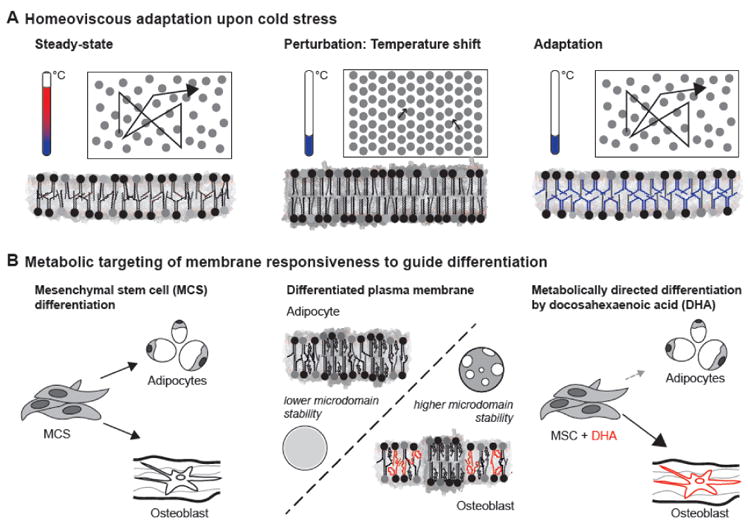Figure 1. Physicochemical membrane homeostasis.

(A) Classical experiments by Michael Sinensky [5] established that when the membrane of cells (left) becomes less fluid upon a drop of temperature (middle), cells adjust their lipid composition to reestablish membrane fluidity (right). (B) Physicochemical membrane properties can direct differentiation processes [22]. Mesenchymal stem cells can differentiate into fat cells or osteoblasts (left). The PMs of these cells show lineage-specific lipidomic remodeling affecting membrane phase behavior (middle), with osteoblast PMs characterized by a higher polyunsaturated lipid content and higher tendency to phase segregate. Mimicking the compositional and biophysical remodeling of the PM by supplementation with polyunsaturated fatty acid (DHA) directs osteoblast differentiation (right).
